This is the case of a young adult male who jumped approximately 150 feet off of a cliff into deep water at an old flooded quarry on a dare. The jump was recorded by a number of his companions on their cellphones. He hit the water and surfaced unconscious. His body was recovered a couple of hours later by law enforcement.
At autopsy, there were large contusions of the lungs including a cavitating hematoma of the base of the right lower lobe, containing about 500 grams of liquid and clotted blood. In addition, there were small contusions of the liver and superficial lacerations of the kidney and contusion of the left testis. No injuries were noted in the brain.
No fractures were noted on palpation of the limbs and on radiographic evaluation, but a few small lipid vacuoles were noted on histologic examination of the lungs. Examination of the lungs revealed hemorrhage, as you might expect:
These findings are consistent with multiple reviews of injuries sustained from jumping from bridges into water, and are very similar to so-called blast injuries of the lungs. As one review of deaths associated with jumping from the Golden Gate bridge in San Francisco note (1):
… Our case reports demonstrated a significant incidence of pneumo- and hemothoraces with pulmonary contusion obviously contributing to the demise of our one initial survivor. Our coroner’s review revealed that pulmonary contusions were present in 85% of the cases reviewed. Although the majority of these injuries were associated with rib fractures overlying the areas of lung injury, a significant number were unrelated to
overlying bony trauma… In many ways these injuries resemble blast injuries.
Toxicologic evaluation was remarkable for acute alcohol intoxication.
1) LUKAS, G.M., HUTTON Jr, J.E., LIM, R.C. and CARLETON MATHEWSON, J., 1981. Injuries sustained from
high velocity impact with water: an experience from the Golden Gate Bridge. Journal of Trauma and
Acute Care Surgery, 21(8), pp.612-618.
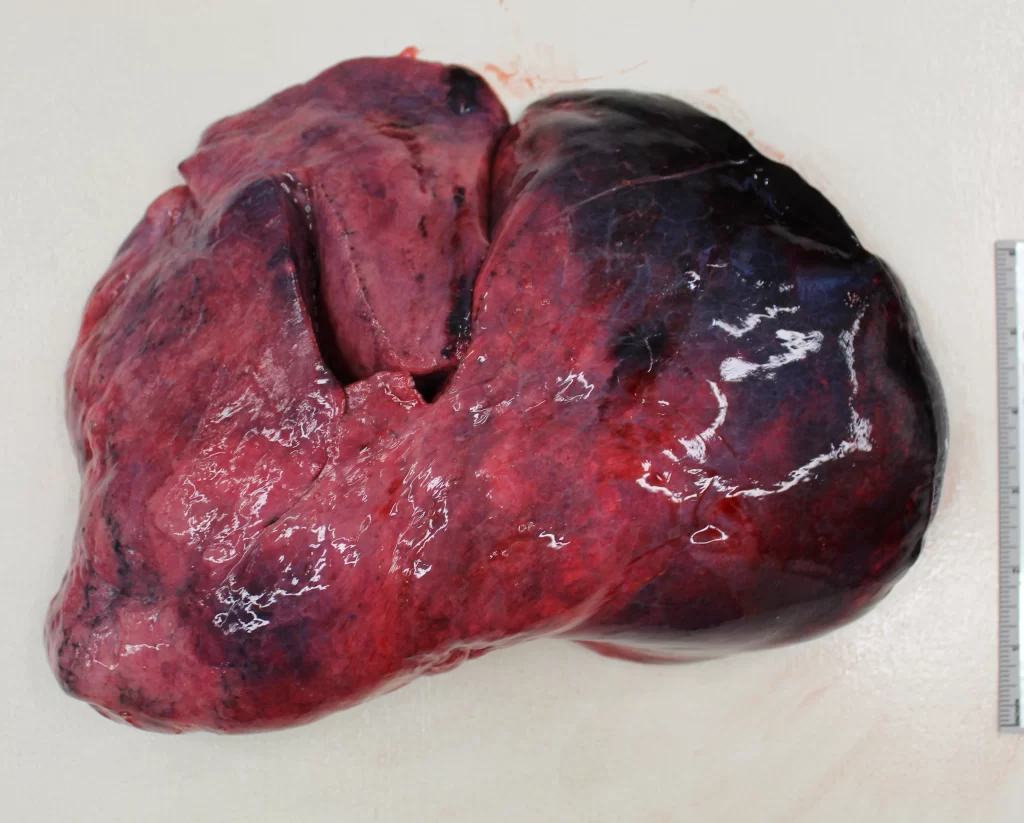
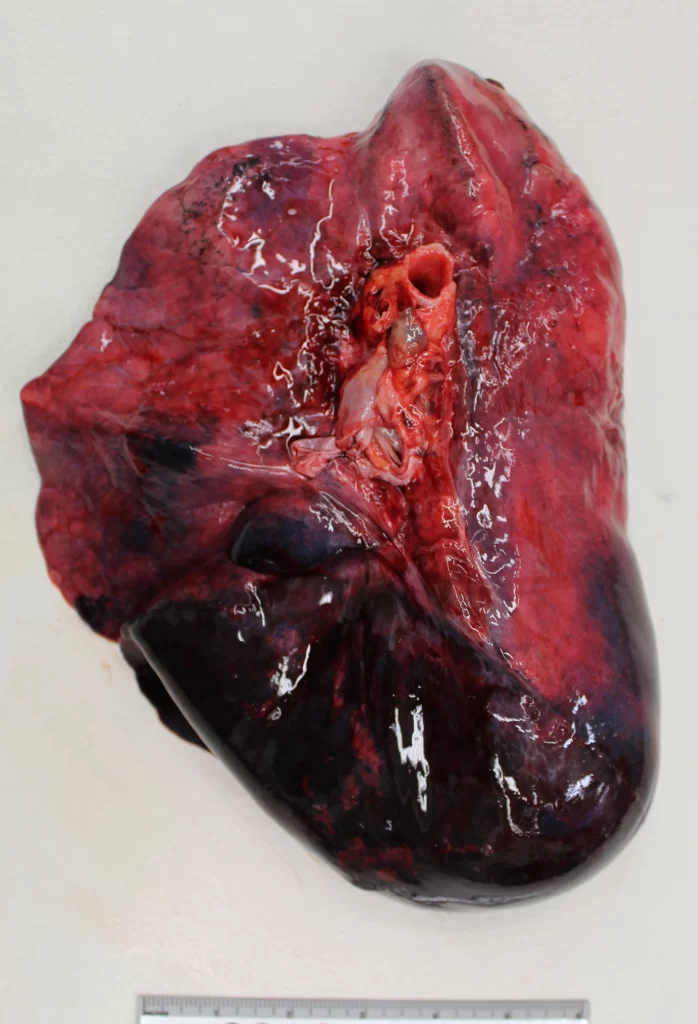
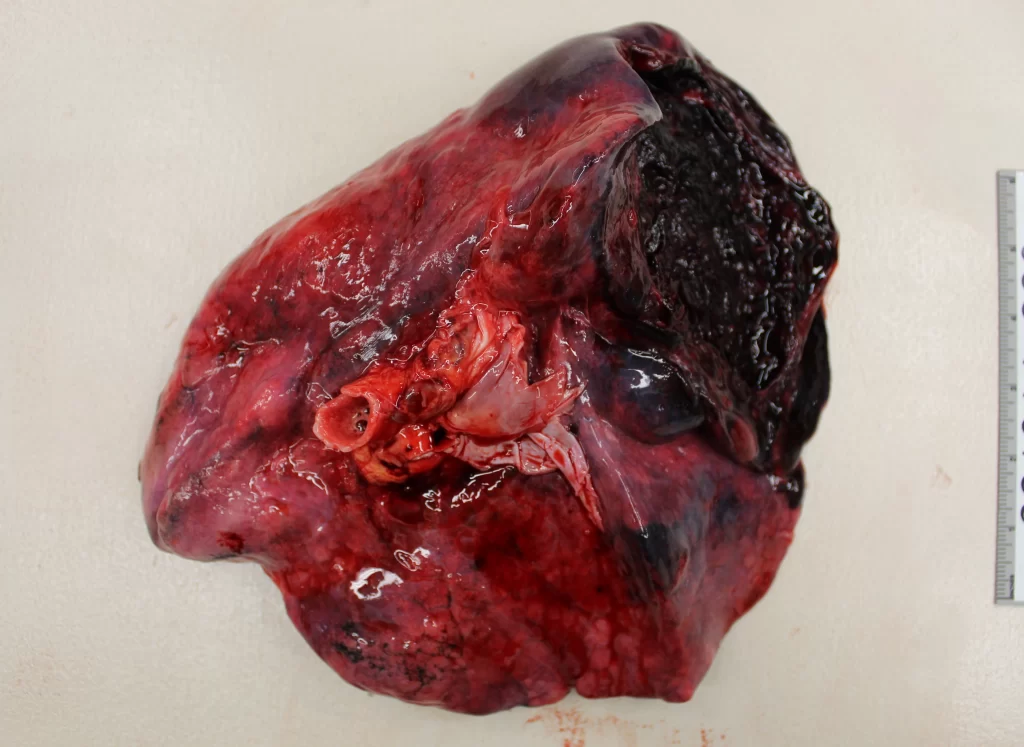
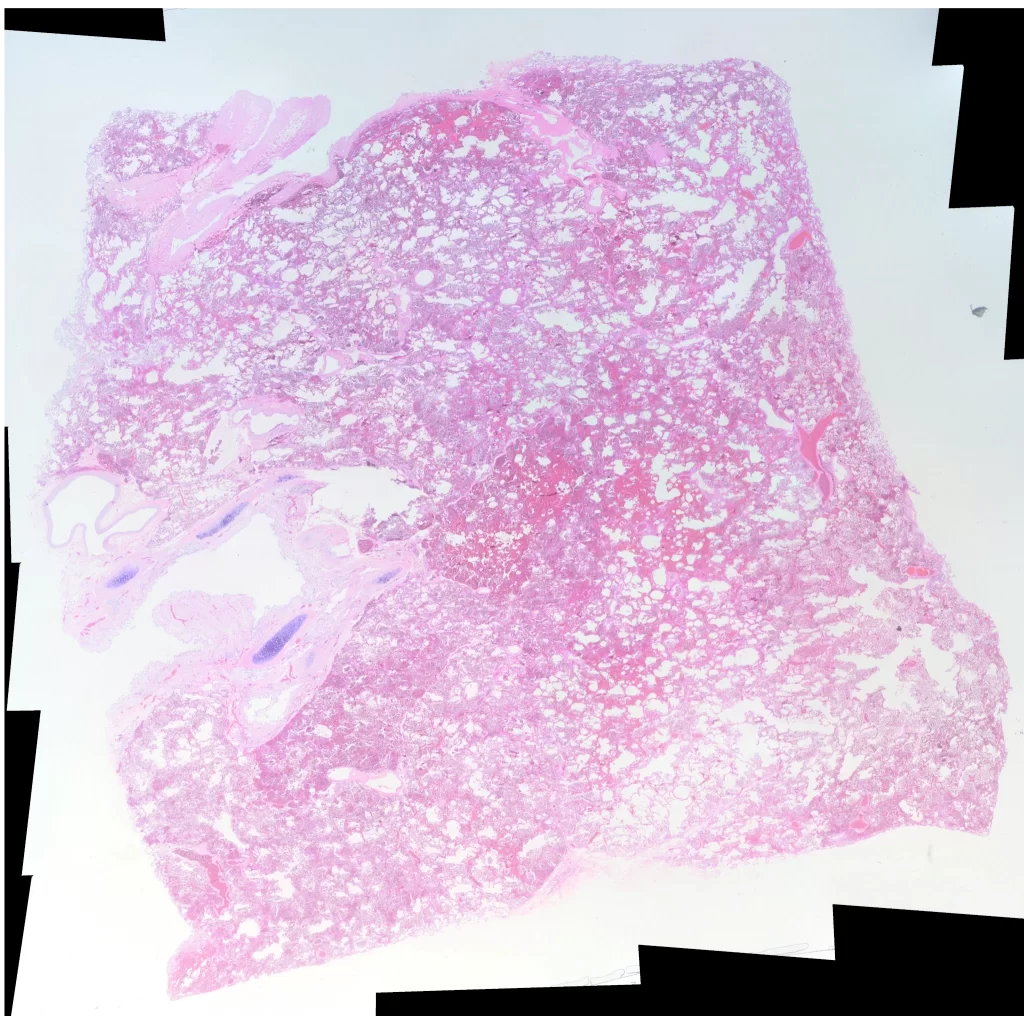
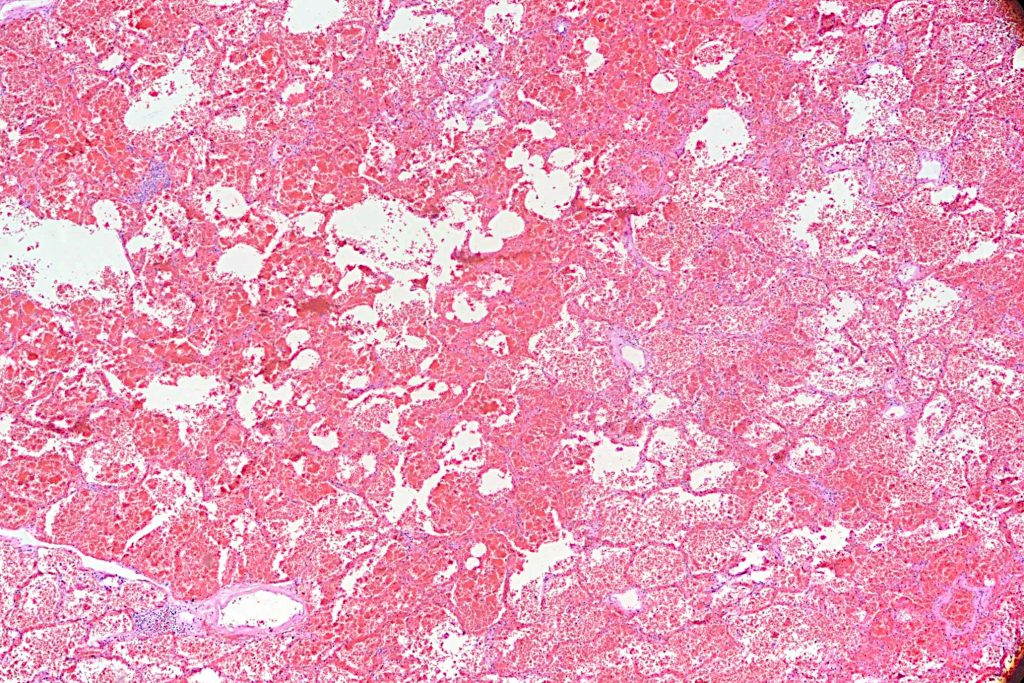
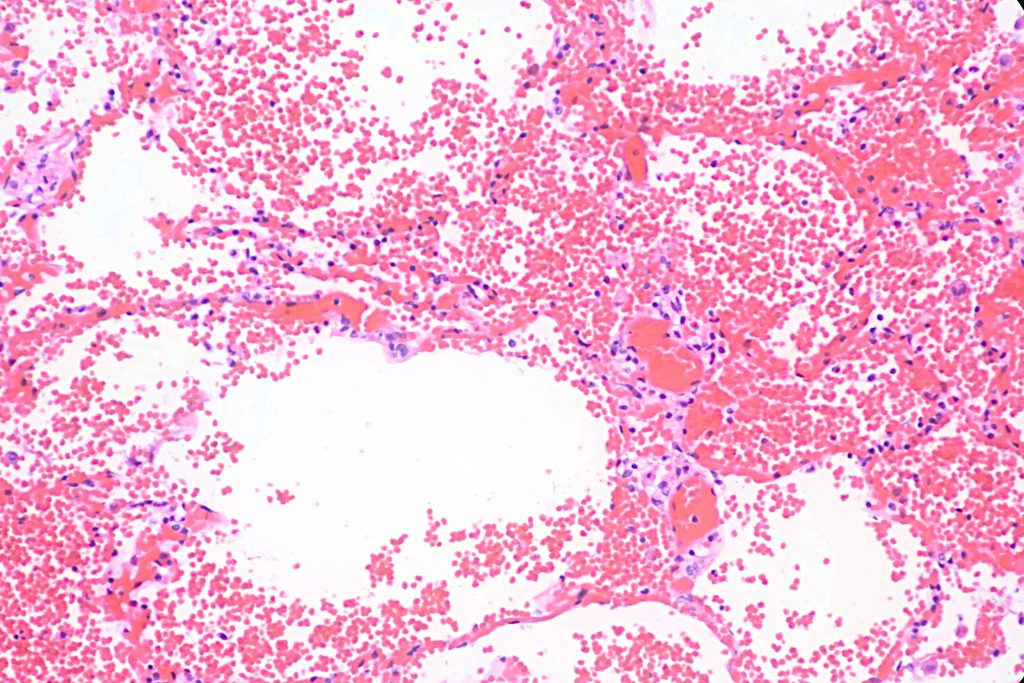
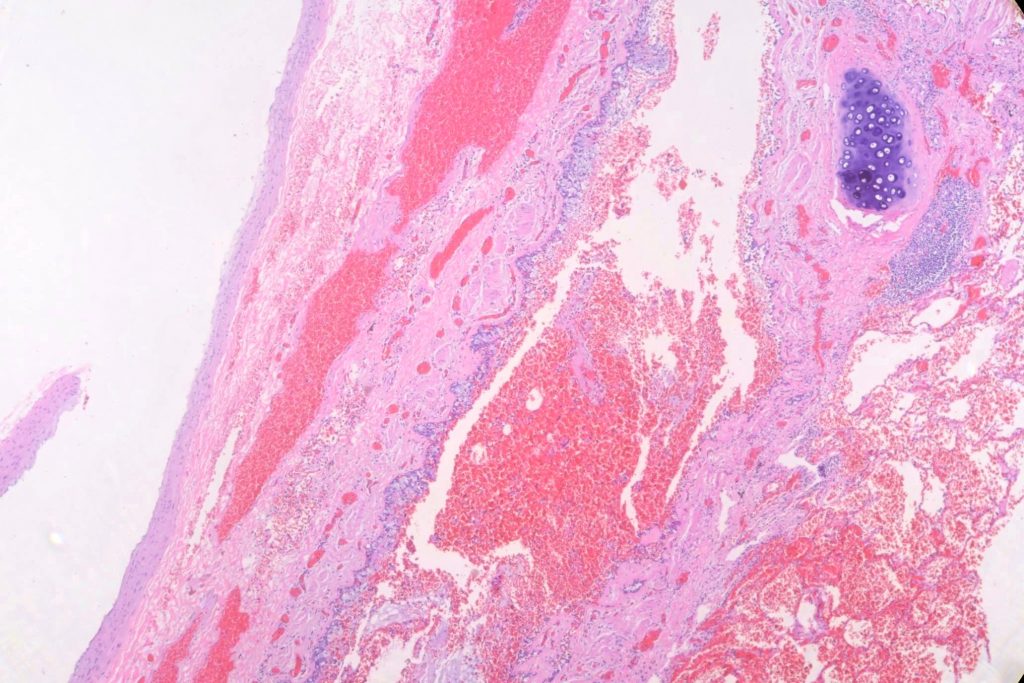
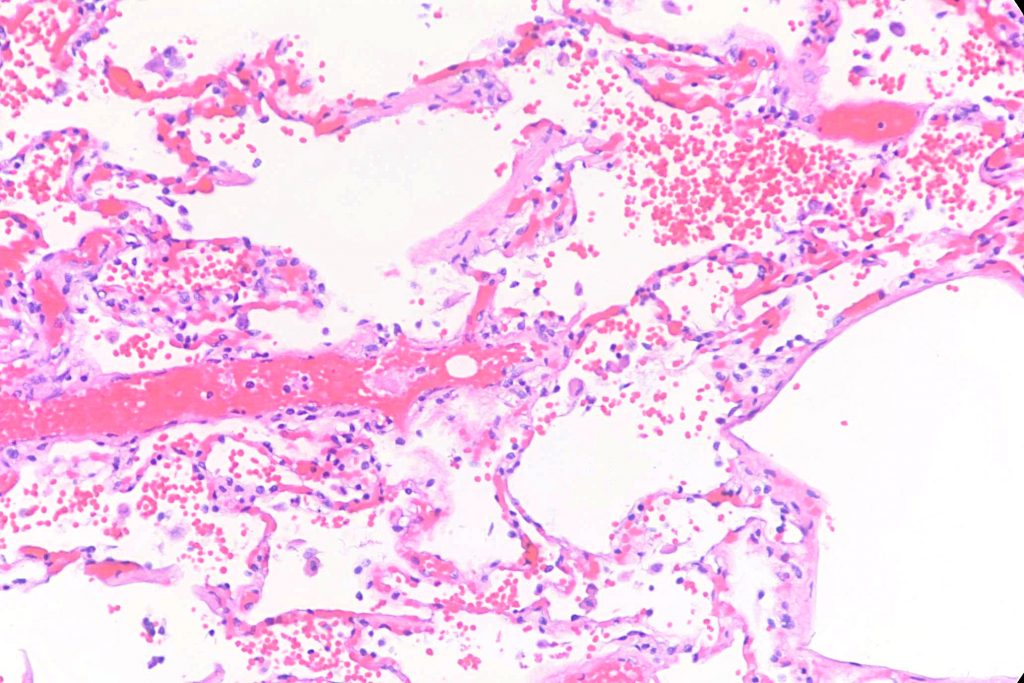
Guess I’ll put that ham sandwich I just made in the fridge…really wasn’t that hungry…
Dad was a large animal veterinarian.
We used to ‘talk shop’ all the time at breakfast, lunch or dinner.
When had people over, and have dinner or whatever, we’d have to watch the conversation or we’d have some folks turning green around the gills.
Didn’t bother us, though…
Yes, I guess my blog is directed at a “selective” audience. Sorta like Spinal Tap. https://www.youtube.com/watch?v=UZ6JxAgmxXg